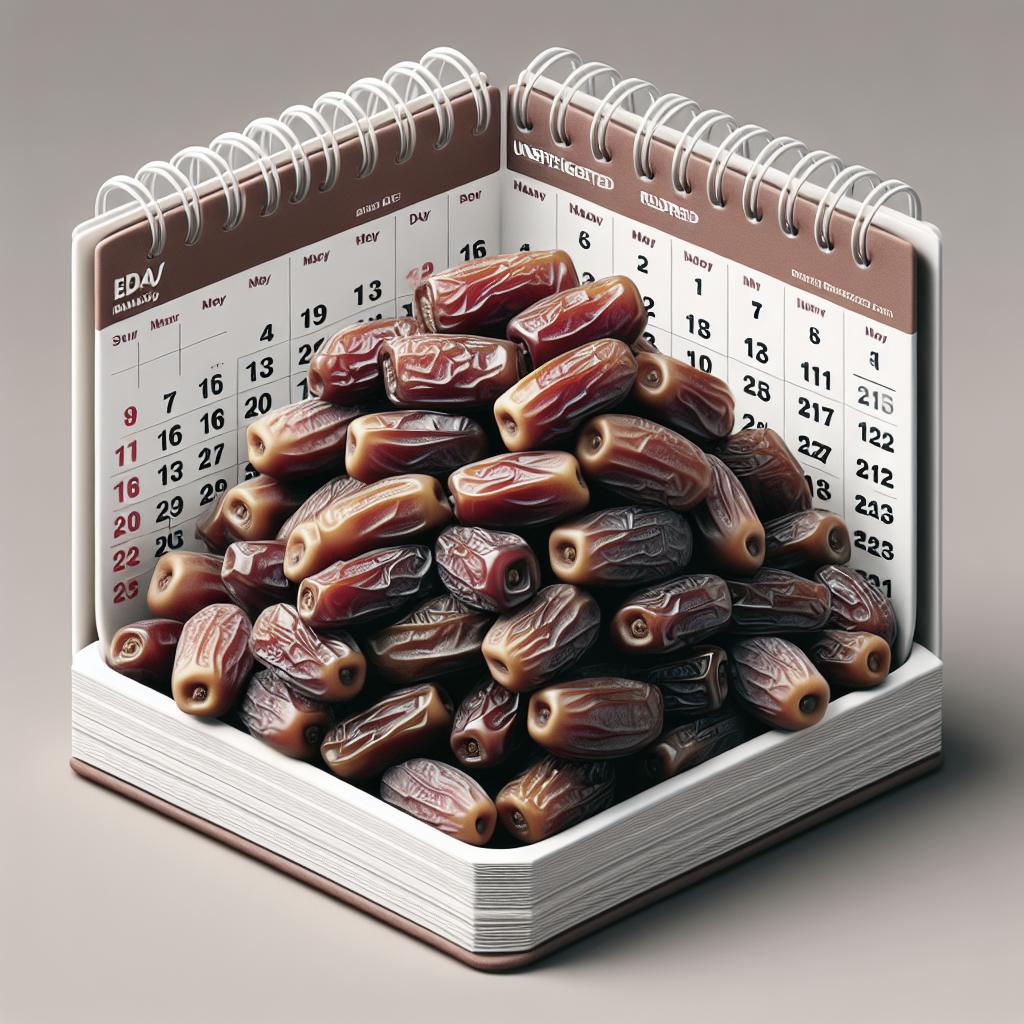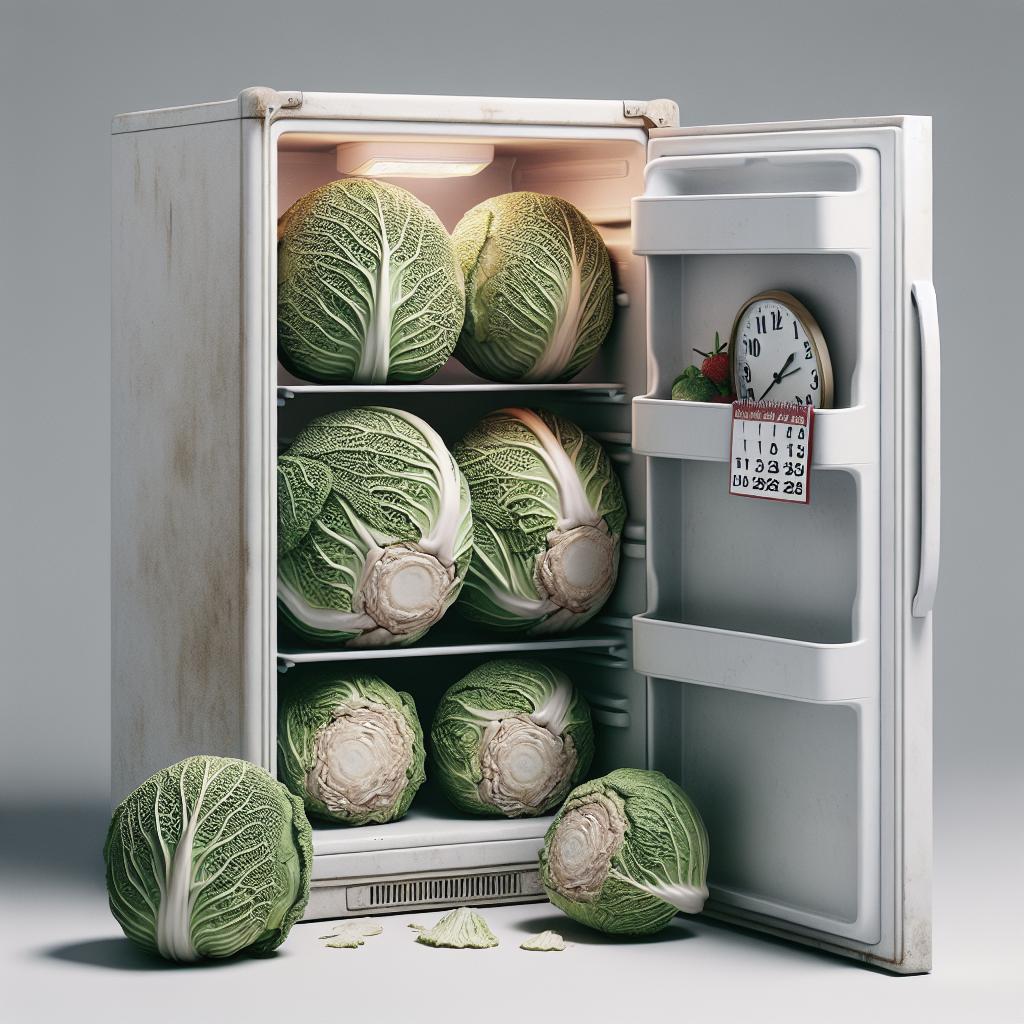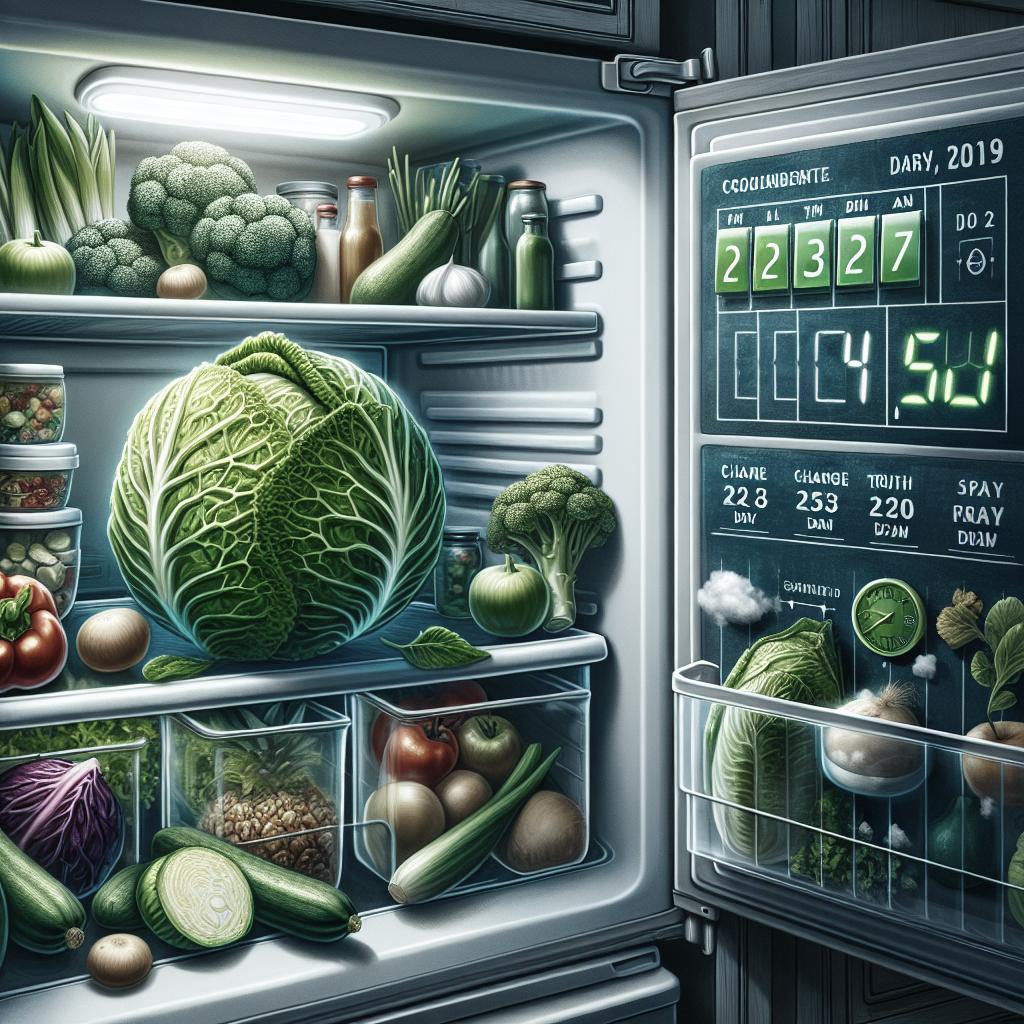Dates, the sweet and chewy fruits often enjoyed as healthy snacks, have been a staple in numerous cultures for centuries. However, like all perishable goods, dates also have a shelf life that determines how long they remain edible and flavorful. In this blog post, we’ll dive into the details you need to know about storing dates, understanding how long dates last, the proper way to freeze them, and most importantly, how to tell if your dates have gone bad. We’ll discuss changes in flavor, color, potential mold growth, slimy texture, and the presence of unwanted bugs and insects as indicators of spoilage. By the end, you’ll be well-equipped to keep your dates fresh and enjoy them at their peak quality.
How to Store Dates
Storing dates properly is crucial to extending their shelf life and maintaining their quality. Dates should be kept in airtight containers to prevent moisture loss and contamination from other foods. For short-term storage, it’s best to keep dates in a cool, dry place, such as a pantry or kitchen cabinet, away from direct sunlight and heat sources. If you plan to store dates for a more extended period, refrigeration is an excellent option. Placing dates in the refrigerator can significantly slow down the spoilage process, keeping them fresh for several months. When refrigerated, make sure the dates are in an airtight container or a resealable plastic bag to maintain their moisture and prevent them from absorbing unwanted odors from other foods.
How Long Do Dates Last?
The shelf life of dates varies depending on the type of date and how they are stored. Fresh date varieties such as Medjool or Deglet Noor, when stored at room temperature, generally last for about 1 to 2 months. In the refrigerator, these dates can last for up to 6 months, while freezing can extend their shelf life even further, up to a year or more. Dried dates, on the other hand, have a longer shelf life compared to fresh dates. At room temperature, dried dates can last for up to 6 months. When stored in the refrigerator, dried dates can remain fresh for up to a year. Freezing dried dates can extend their shelf life to about 1-2 years. Always check the packaging for any specific storage recommendations provided by the manufacturer.
How to Freeze Dates
Freezing dates is an effective method to prolong their shelf life, especially if you’ve purchased them in bulk or don’t plan to consume them right away. To freeze dates, start by ensuring they are completely dry, as excess moisture can lead to freezer burn or ice crystals forming on the fruit. Pack the dates in airtight containers or resealable plastic bags, removing as much air as possible to prevent freezer burn. Label the container or bag with the date of freezing to keep track of their storage duration. When you’re ready to use the frozen dates, simply thaw them in the refrigerator for a few hours or overnight. Thawed dates are perfect for baking, cooking, or enjoying as a snack.
How to Tell If Dates Have Gone Bad
It’s essential to know how to identify when dates have gone bad to avoid consuming spoiled fruit. Several signs can indicate that dates are no longer good to eat, including changes in flavor, color, mold growth, slimy texture, and the presence of unwanted bugs or insects.
Change in Flavor
One of the most noticeable indicators that dates have gone bad is a change in flavor. Fresh dates have a sweet, caramel-like taste. If you bite into a date and it tastes sour, bitter, or off in any way, it’s a strong indication that the fruit has spoiled. This change in flavor is often due to fermentation or microbial growth within the fruit.
Change in Color
Another telltale sign of spoilage is a change in color. Fresh dates typically have a consistent brown color, whether light or dark depending on the variety. If you notice significant discoloration or if the dates appear to have dark spots or patches that were not there before, it’s a sign that the dates may have started to spoil and should be inspected further.
Mold Growth
Mold growth on dates is a clear indicator that they are no longer safe to eat. Mold can appear as white, green, or black specks on the surface of the fruit. If you see any signs of mold, it’s best to discard the dates immediately, as mold can produce harmful toxins that are not safe for consumption.
Slimy Texture
Fresh dates should have a firm yet slightly soft texture. If you handle the dates and notice they have become slimy or overly sticky, this could be a sign of bacterial growth. A slimy texture is a strong indicator that the dates are no longer fresh and should be thrown away to avoid the risk of foodborne illness.
Unwanted Bugs and Insects
While it’s not a pleasant thought, dates can sometimes attract unwanted bugs and insects, especially if they have been stored improperly. If you notice any insects or larvae inside the packaging or on the dates themselves, it’s best to discard them. Contamination by pests can lead to the degradation of the fruit and make it unsafe for consumption.
Summary of Main Points
| Aspect | Details |
|---|---|
| How to Store Dates | Store in airtight containers; refrigerate for longer duration; keep away from direct sunlight and heat. |
| How Long Do Dates Last? | Fresh dates: 1-2 months at room temperature, 6 months in the fridge, up to a year frozen. Dried dates: up to 6 months at room temperature, 1 year in the fridge, 1-2 years frozen. |
| How to Freeze Dates | Ensure dates are dry; pack in airtight containers or resealable plastic bags; thaw in the refrigerator. |
| How to Tell If Dates Have Gone Bad | Check for changes in flavor, color, mold growth, slimy texture, and the presence of unwanted bugs or insects. |


